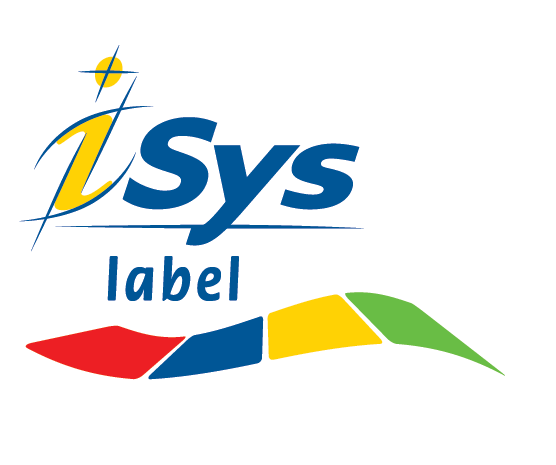8 Best Practices to Design Custom Labels
/When designing labels for your product, you’re going to want something that attracts consumers and makes them want to buy the product. This is why it’s always best to get an experienced professional to handle your label design. Nevertheless, budget constraints may come in your way and you might want to design a simple label on your own. In such cases, here are some best practices to design custom labels so you can ensure that your label comes out perfectly:
Source: Pixabay
1.) Consider the container – The product container and the label need to blend together physically to create an aesthetically-pleasing look overall. This means you’ll need to carefully measure the container so you can determine the correct size of your label before getting started with the design. If you’re just designing the label artwork without considering the size or shape you want it to be, you’ll end up with ill-fitting design layouts that do not bring out the optimal qualities of the design.
2.) Use high quality images – The quality of images you use will determine the quality of your custom label design. Since a high-quality label design will have a huge impact on how consumers determine the quality of your product, this is a priority. If you’re getting your images from the internet, remember that those normally have low resolutions. Make sure you find something that has at least 300 dpi or dots per inch, which will ensure that the label looks crisp and clear as opposed to blurred when it’s printed. Don’t forget that your label printer can make a huge difference in the quality of your label as well. So you need to focus on both aspects to really bring out the aesthetics of your label design.
3.) Make the logo prominent – One of the goals of creating a custom label is to establish your brand identity and to brand your product. So naturally, you’re going to need something that prominently displays your brand logo. If you’re only thinking about the artwork, you’re going to end up with a logo that’s barely noticeable. Place the logo towards the top or centre, so that customers can easily notice it when they look at the label.
Source: Pixabay
4.) Look at the big picture – When designing a custom label, it’s easy to just focus on the label on its own. In order to come up with something that truly stands out, you need to look at the big picture and consider how the label will look when it’s displayed on the shelf. You’re going to need something that is appropriate for the category yet still stands out from other brands. You should also ensure that the artwork won’t be hidden when it’s displayed on the shelf. Think about how the labels of soft drinks have been designed to prominently display the brand and flavor names towards the top of the container. This ensures that those details are still prominently visible when placed inside “visi-coolers”, popularly used in convenience stores.
5.) Use vector instead of raster – You have two types of graphics to choose from – vector and raster. In case of label designs, vector graphics are much more preferable as you can easily enlarge or reduce them without the risk of losing image quality. Try to go for vector graphics to ensure that your design process goes smoothly instead of being delayed by inferior-quality graphics.
Credit: Wonderlane on Flickr
6.) Avoid overcrowding elements – Consumers have plenty of choices on the shelves, so having a label that contains too much text and graphic elements can be confusing and frustrating for them. Beyond the essentials, try not to overcrowd the label with too many design elements. Product name and brand name are a must and in addition to that, you can add the serving size and a benefit or feature claim. Follow the “less is more” rule when it comes to choosing design elements to add to your label.
7.) Consider functionality in addition to aesthetics – When designing custom labels, you may only think about how it looks and completely forget about the functionality. For example, some products aren’t too appealing so you might need your label to cover that up. This means you’re going to need a label that covers up the entire container. Similarly, some products may look very appealing and adding a label might obstruct the view. Smaller and thinner labels may do justice to this type of product.
8.) Don’t forget the labeling regulations – While you’re busy thinking about the best label artwork, you might end up missing out on some important rules. Certain products may have a much stricter labeling regulation, so make sure you consider which regulations would be applicable for your product. For example, if you’re selling food products, you would need to include a nutrition fact table in your label design.
So you have some of the basic rules and best practices to help you design the perfect custom label for your product. Even if you do decide to work with a professional designer, these tips can help you work seamlessly with the designer in communicating your design needs.
About the Author
NNeeraj Kumawat is a marketing consultant at Maverick Label, a custom label printing company and a passionate writer. He shares his ideas on finance, business, money management etc. He loves travelling and reading travel books in the free time. You can find him on Twitter, Facebook .
















